There’s a direct connection between Assistant Professor Benjamin Reading’s bass research and the tremendous early success of an Aurora fish hatchery – thanks to Aquaculture Extension Agent Mike Frinsko.
When Jones County farmer Scott Deal bought his first fish hatchery, he had a challenge: He needed to produce the maximum number of high-quality hybrid striped bass – and he’d never run a hatchery before.
Just 18 miles down the road, a man he had never met had the solution: Assistant Professor Benjamin Reading of the Department of Applied Ecology examines the genetics and spawning process of the striped bass males that are used to breed hybrids. His work produces healthy genetic stock available to any farmer who asks.
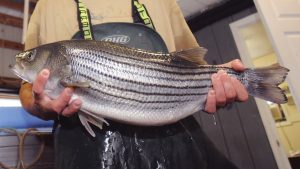 It’s a global challenge – how to connect cutting-edge research with the cultivators and business owners who need it. NC State Extension Service agents are CALS’ bridge to farmers like Deal. They find the most up-to-date solutions for real-world problems, then provide the technical training to help farmers put that research to use effectively. This ensures that CALS’ research results make a quick leap into practical application.
It’s a global challenge – how to connect cutting-edge research with the cultivators and business owners who need it. NC State Extension Service agents are CALS’ bridge to farmers like Deal. They find the most up-to-date solutions for real-world problems, then provide the technical training to help farmers put that research to use effectively. This ensures that CALS’ research results make a quick leap into practical application.

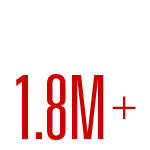
Deal contacted Aquaculture Extension Agent Mike Frinsko, who immediately thought of Reading’s research at the Pamlico Aquaculture Field Laboratory in Aurora. He connected the two men via phone, and worked with Deal through the following year to provide training and support in hatchery methods.
The result? The hatchery’s highest production numbers yet: about 10 million hybrid striped bass fry in 2016, 6 million more than average.
“I’m able to help Scott get more fish, and Ben is able to help Scott get better fish,” Frinsko said. “The net result is that Scott is more competitive as a producer.”
How It Happens
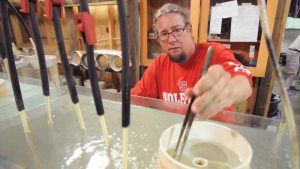 1. The Researcher: Dr. Benjamin Reading
1. The Researcher: Dr. Benjamin Reading
In 2015, Reading’s lab was able for the first time to spawn mass numbers of striped bass without the hormone induction procedures that had been standard for decades. His genetic research has also produced higher-quality domestic broodstock that outperform wild broodstock for hybrid striped bass farmers.
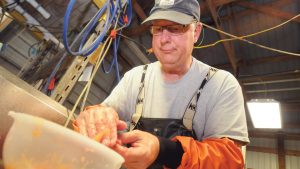 2. The Connector: Extension Agent Mike Frinsko
2. The Connector: Extension Agent Mike Frinsko
Later that year, aquaculture farmer Scott Deal contacted Frinsko for information on how to get maximum yields from his new hybrid striped bass hatchery. Frinsko immediately thought of Reading. Frinsko helped Deal implement Reading’s methods, then provided technical training and assistance through the spawning process in spring 2016.
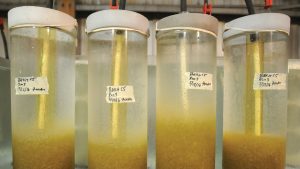 3. The Results: Economic Opportunity for the Hatchery
3. The Results: Economic Opportunity for the Hatchery
In 2016, the fishery was able to hatch about 10 million fry – about 6 million more than average. Thanks to Reading’s genomic research, those fry reached market size faster than average, helping Deal become a competitive producer in his second year of hatchery operation.
This post was originally published in College of Agriculture and Life Sciences News.